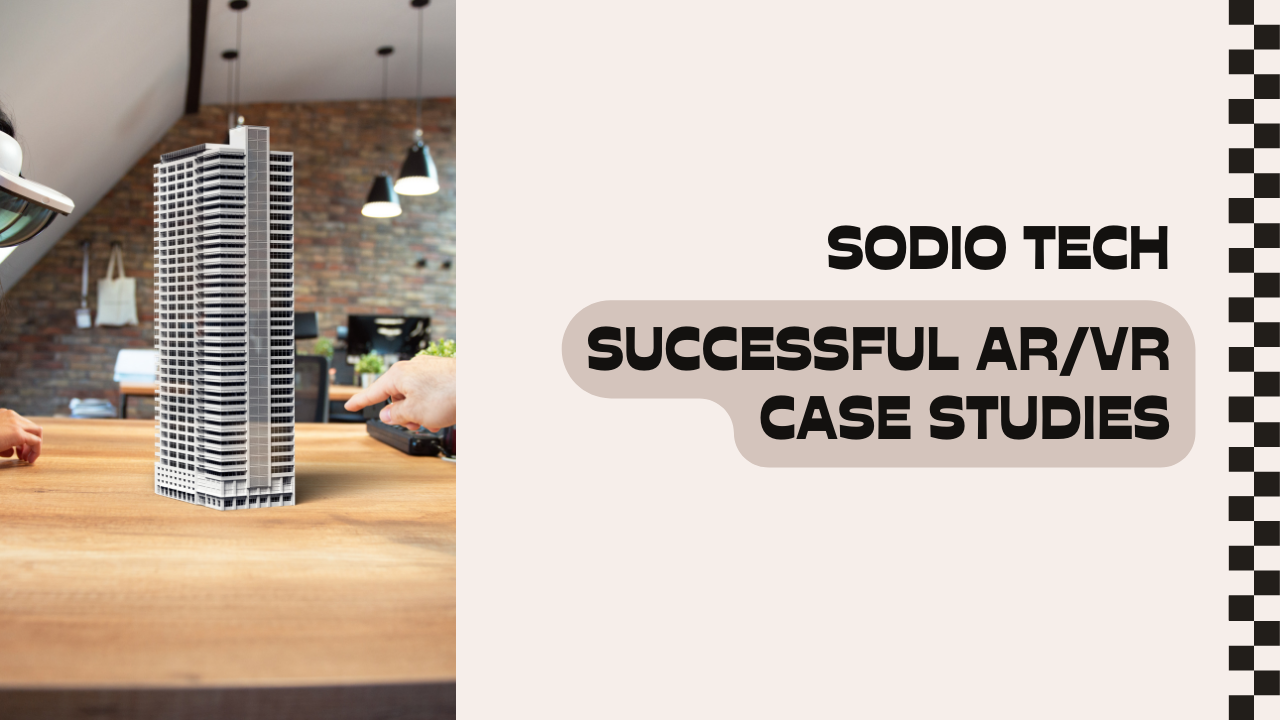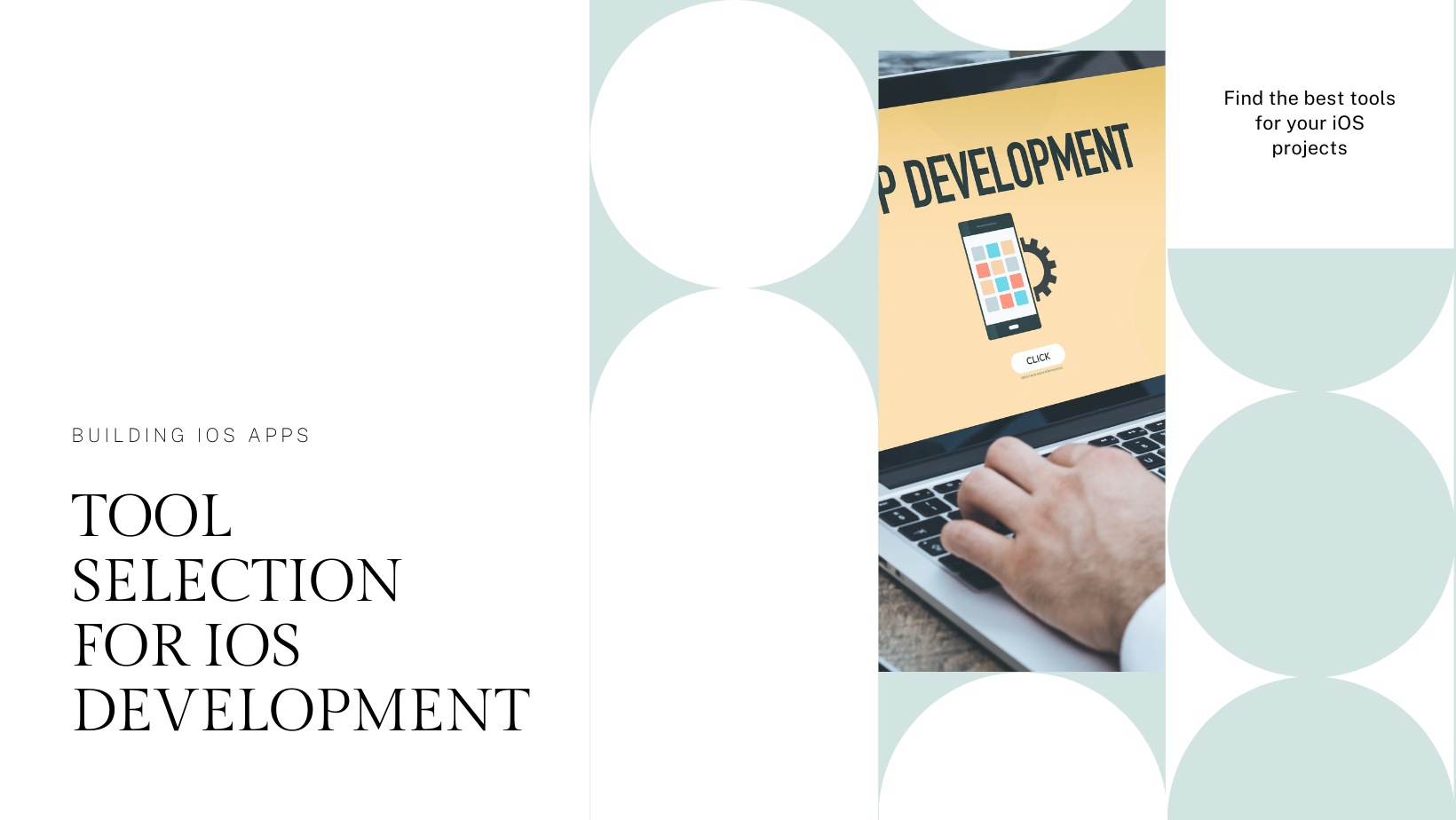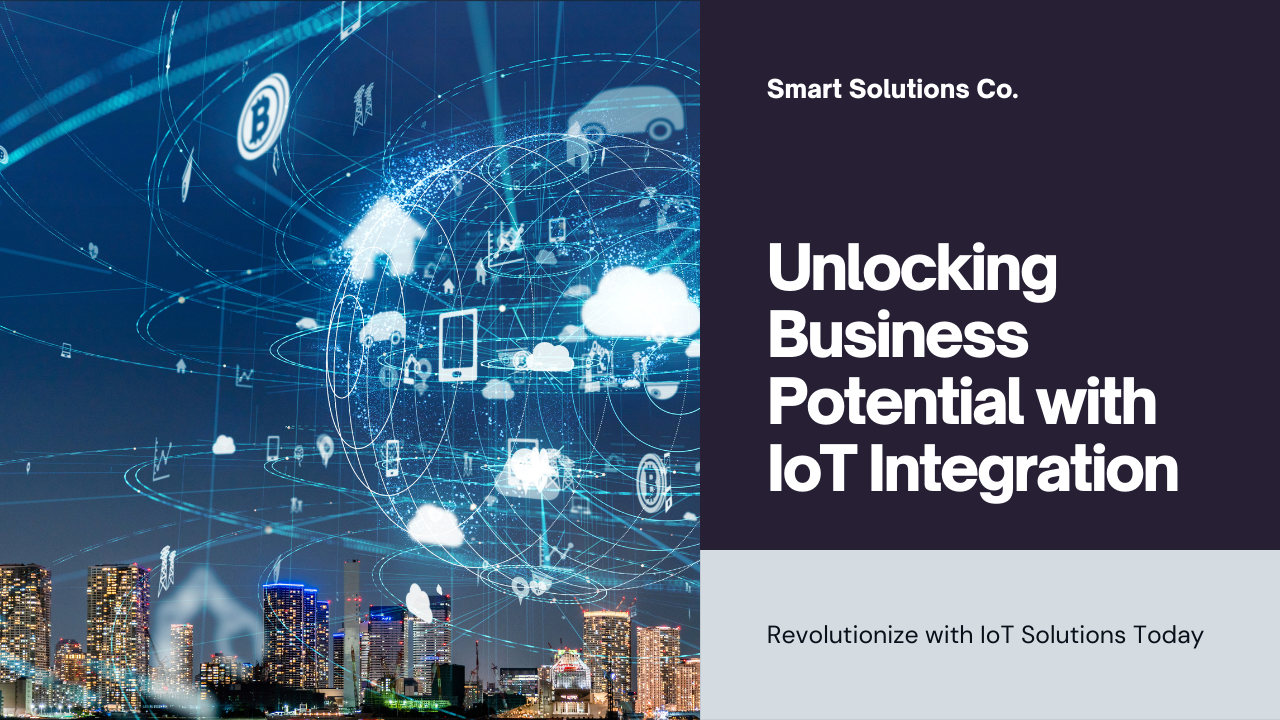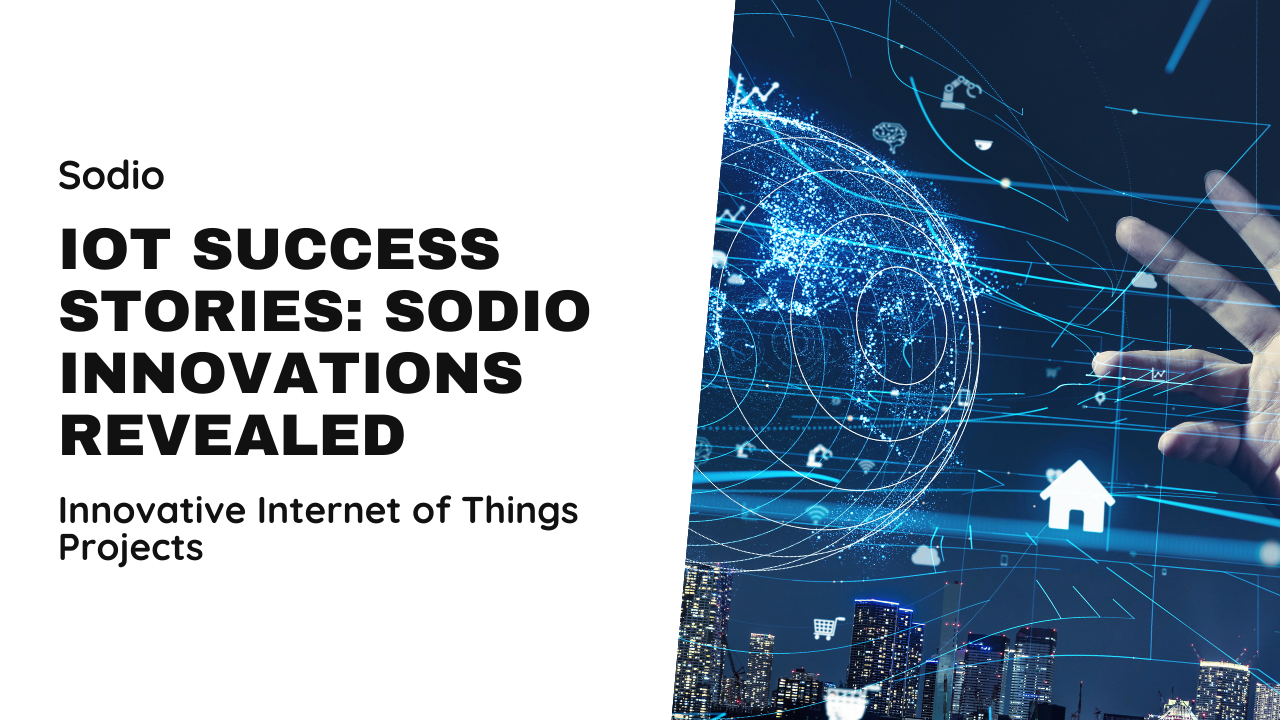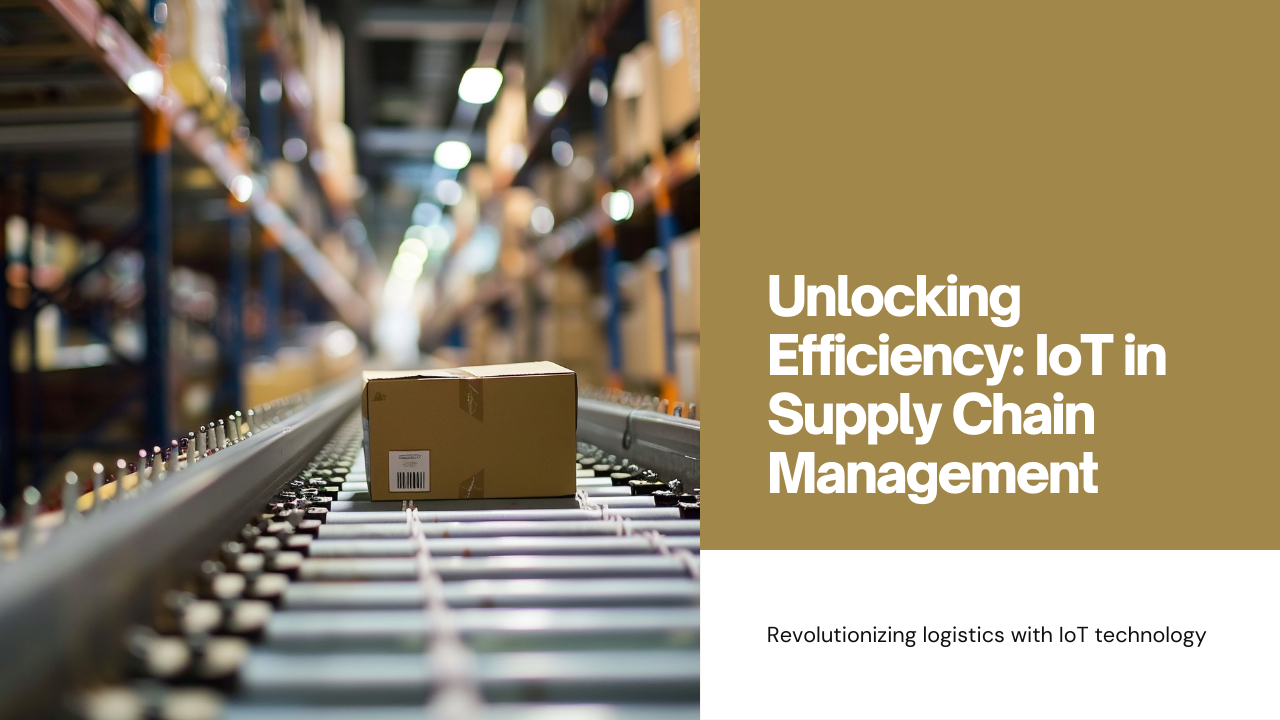Augmented Reality (AR) and Virtual Reality (VR) technologies have transformed industries by offering immersive, interactive, and innovative solutions. Sodio Technologies has been at the forefront of leveraging AR/VR to address diverse challenges and enhance user experiences across various sectors. This blog explores successful case studies of AR/VR projects by Sodio Technologies, highlighting their impact, key features, and lessons learned.
Introduction to AR/VR Projects by Sodio Technologies
1. Understanding Augmented Reality (AR) and Virtual Reality (VR)
AR integrates digital information into the user’s real-world environment, enhancing perception and interaction with physical objects. VR, on the other hand, creates immersive virtual environments that simulate real-world experiences or fantastical scenarios. Both technologies offer unique capabilities to engage users and deliver compelling experiences.
2. Sodio Technologies’ Expertise in AR/VR Development
Sodio Technologies combines technical expertise, creative innovation, and strategic insights to develop tailored AR/VR solutions that meet client objectives and exceed expectations. With a focus on usability, scalability, and cutting-edge technology, Sodio Technologies has successfully implemented AR/VR projects across various industries.
Case Studies of Successful AR/VR Projects
1. Healthcare: AR Applications for Medical Training
In collaboration with leading medical institutions, Sodio Technologies developed AR applications to enhance medical training and surgical simulations. By overlaying anatomical models and procedural instructions in real-time, medical professionals gained hands-on experience in a risk-free virtual environment. The project significantly improved training efficiency, reduced errors, and enhanced patient safety.
2. Education: VR Simulations for STEM Learning
Sodio Technologies partnered with educational organizations to create immersive VR simulations for STEM (Science, Technology, Engineering, Mathematics) education. Students could explore complex scientific concepts through interactive experiments, virtual laboratories, and simulated field trips. The VR simulations promoted active learning, critical thinking, and engagement among students, resulting in improved academic performance and interest in STEM disciplines.
3. Retail: AR-powered Virtual Try-On Experiences
For retail brands looking to enhance customer engagement and online shopping experiences, Sodio Technologies developed AR-powered virtual try-on applications. Customers could visualize products, such as clothing, accessories, and cosmetics, in real-time using their smartphones or AR-enabled devices. The virtual try-on experiences increased conversion rates, reduced product returns, and strengthened brand loyalty by offering personalized shopping experiences.
Key Features and Innovations
1. User-Centric Design and Intuitive Interfaces
Each AR/VR project by Sodio Technologies prioritizes user-centric design principles and intuitive interfaces to optimize usability and accessibility. Customizable features, interactive elements, and seamless navigation enhance user engagement and satisfaction across diverse applications.
2. Integration of Advanced Technologies
Sodio Technologies integrates advanced technologies, including AI-driven algorithms, real-time data analytics, and machine learning models, to enhance the functionality and performance of AR/VR solutions. These innovations enable dynamic content delivery, personalized recommendations, and predictive insights to meet evolving client needs and industry demands.
Lessons Learned and Future Directions
1. Challenges and Solutions
Throughout its AR/VR projects, Sodio Technologies has encountered challenges such as hardware compatibility, content optimization, and scalability. By adopting iterative development cycles, rigorous testing protocols, and continuous client feedback, Sodio Technologies addresses challenges proactively and delivers robust solutions that exceed client expectations.
2. Future Trends in AR/VR Development
Looking ahead, Sodio Technologies remains committed to exploring emerging trends in AR/VR development, including spatial computing, augmented analytics, and XR (Extended Reality) integration. By embracing these advancements, Sodio Technologies aims to redefine user experiences, drive innovation across industries, and unlock new possibilities for AR/VR applications.
Conclusion: Driving Innovation with AR/VR Solutions
Sodio Technologies continues to innovate and lead in AR/VR development, leveraging its expertise to create impactful solutions that transform industries and empower businesses. Through successful case studies and ongoing advancements, Sodio Technologies demonstrates its commitment to delivering cutting-edge AR/VR projects that drive business growth, enhance learning outcomes, and elevate user experiences.
